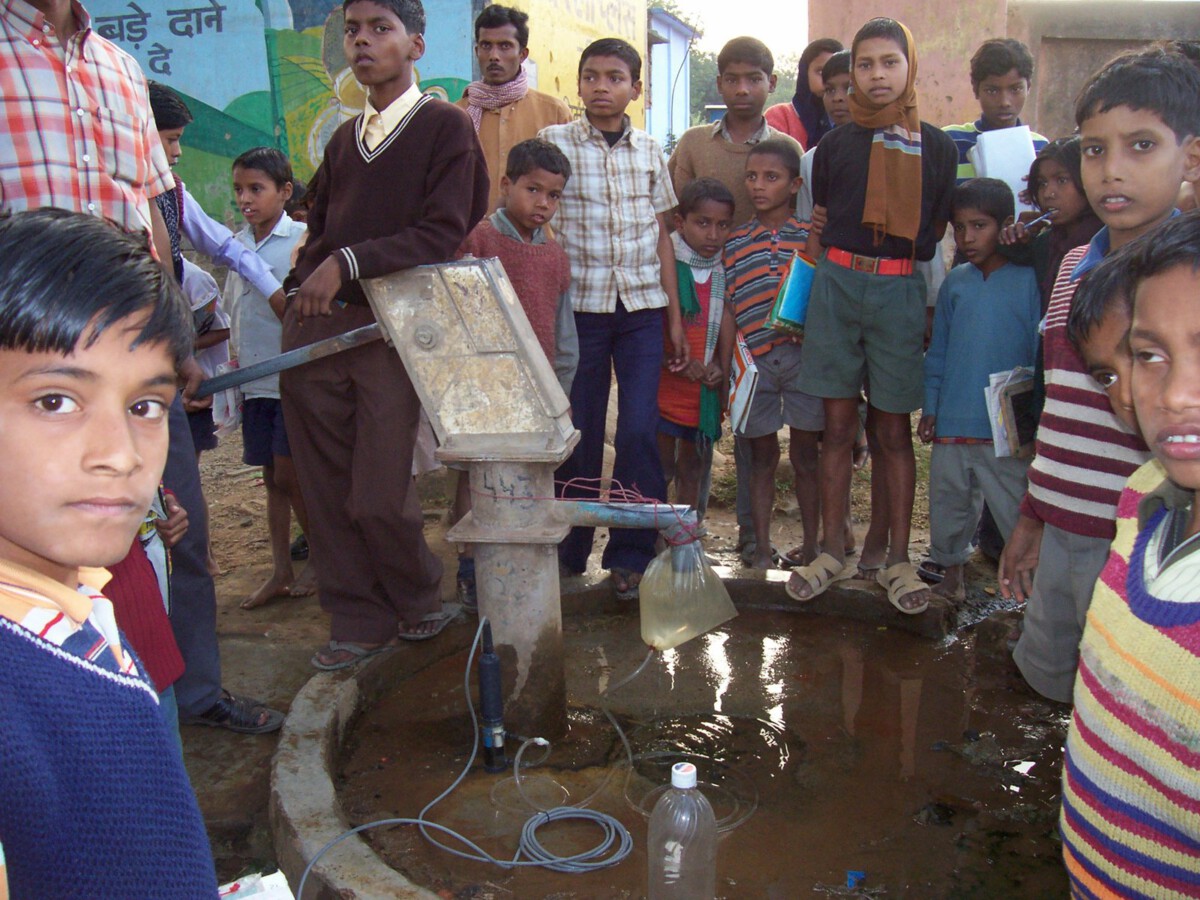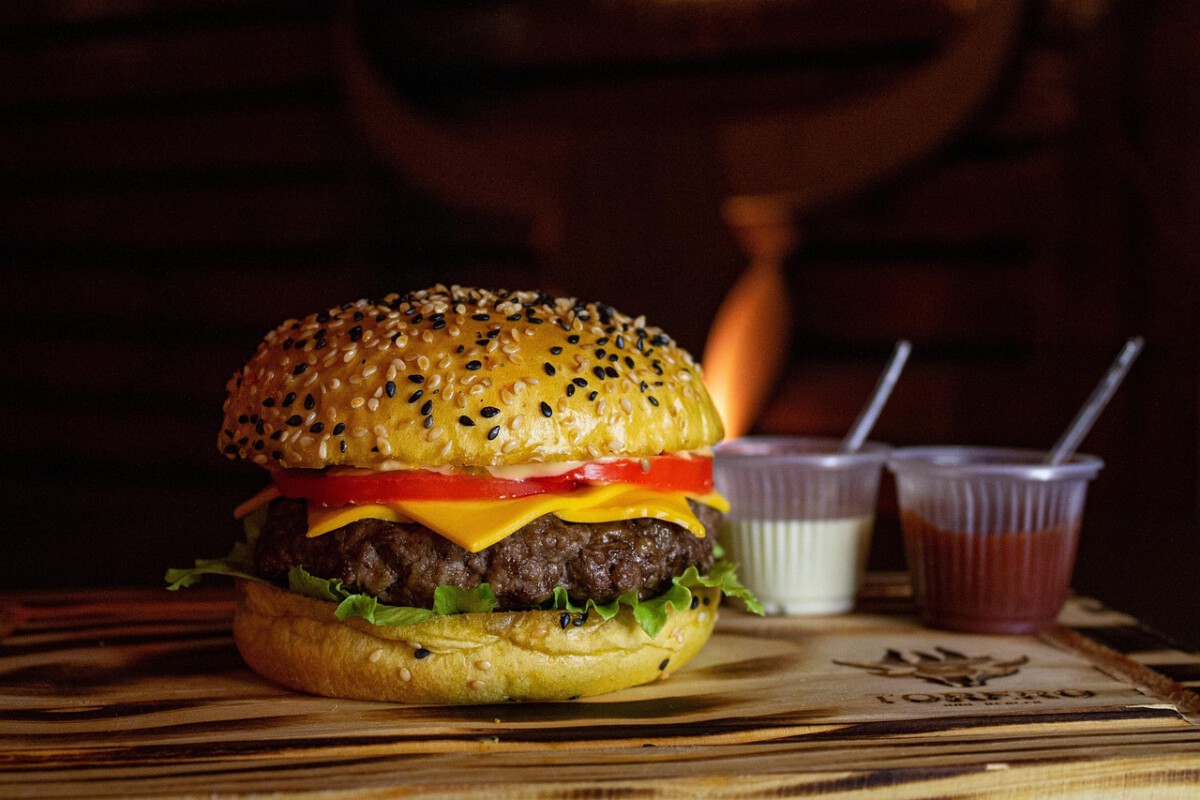The Billion-Dollar Lie About Fast Fashion’s Transformation

Think fast fashion brands have suddenly gone green? Major brands including Shein, H&M, etc. have faced scrutiny for their greenwashing practices. H&M came up with their ‘Conscious Collection’ which was supposed to be sustainable and eco-friendly. They were using a scorecard system to inform customers about the green credibility of products. This later came crashing down when a report by Quartz revealed that these scorecards misrepresented the products as more eco-friendly than they were. They looked at clothing from major high-street fashion brands to check the truthfulness of their sustainability claims and found 60% of claims overall were misleading. That’s bad but H&M were found to be the worst offenders with a shocking 96% of their claims not holding up. Fashion brands are subject to criticism for engaging in “greenwashing,” as 39% of green claims made by the textile, apparel, and shoe industries may be fraudulent or misleading. The truth is, these companies are spending more on marketing their “sustainability” than actually being sustainable.
American Consumers Aren’t Falling for Green Myths
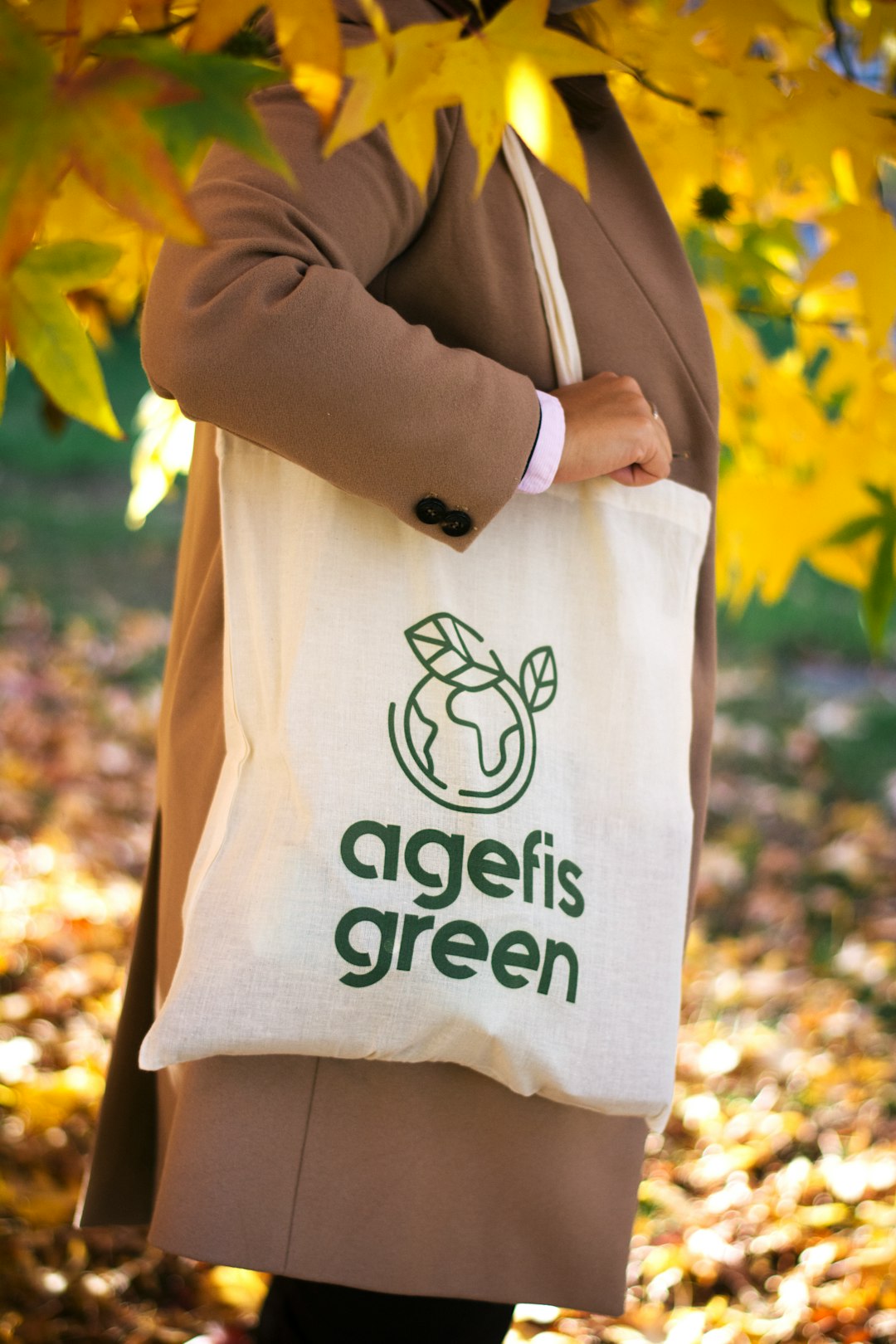
47% of UK consumers would not invest in a fashion brand if they were presented with false or misleading sustainability statements. The environmental, social, and governance (ESG) claims made by fashion brands are met with skepticism by an astounding 88% of Gen Zers in the US. This skepticism isn’t cynicism – it’s smart shopping. It’s safe to say that Gen Z is a hypocrite in the fast fashion case, a SHU study uncovered a paradox among Gen Z fashion consumers, 94% of respondents said they support sustainable clothing but surprisingly 17% of them shopped at a fast fashion retailer every week, and 62% did so monthly. American consumers are beginning to see through the clever marketing tricks and demanding real change, not just pretty words.
The Shein Dominance Myth Gets Exposed
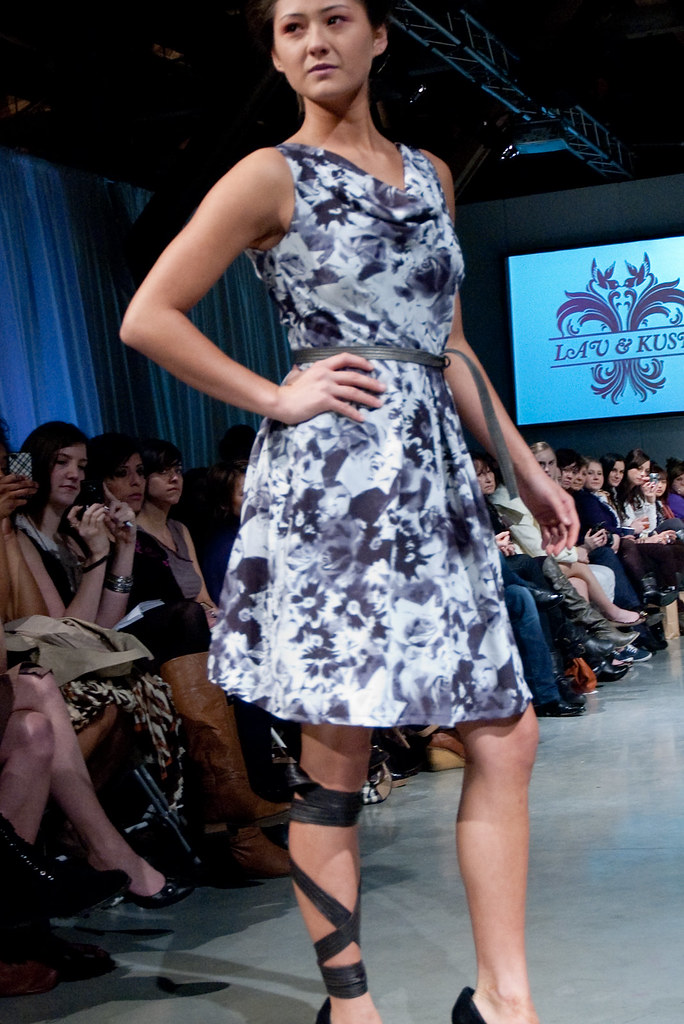
Shein is the biggest fast fashion brand in the US with a 50% market share, its market share has doubled since March 2020. Zara is the second biggest fast fashion brand in the country with a 13% market share. But here’s what they don’t tell you: A November 2022 Greenpeace Germany report found the use of hazardous chemicals underpins Shein’s ultra fast fashion business model. In May 2024, the government of South Korea’s capital Seoul found toxic substances in amounts hundreds of times above acceptable levels in children’s products sold by Shein. This isn’t just about cheap clothes – it’s about what’s literally in the fabric touching your skin. The myth that bigger market share equals better quality or safety is completely false.
Fast Fashion Isn’t Getting Smaller – It’s Getting Worse
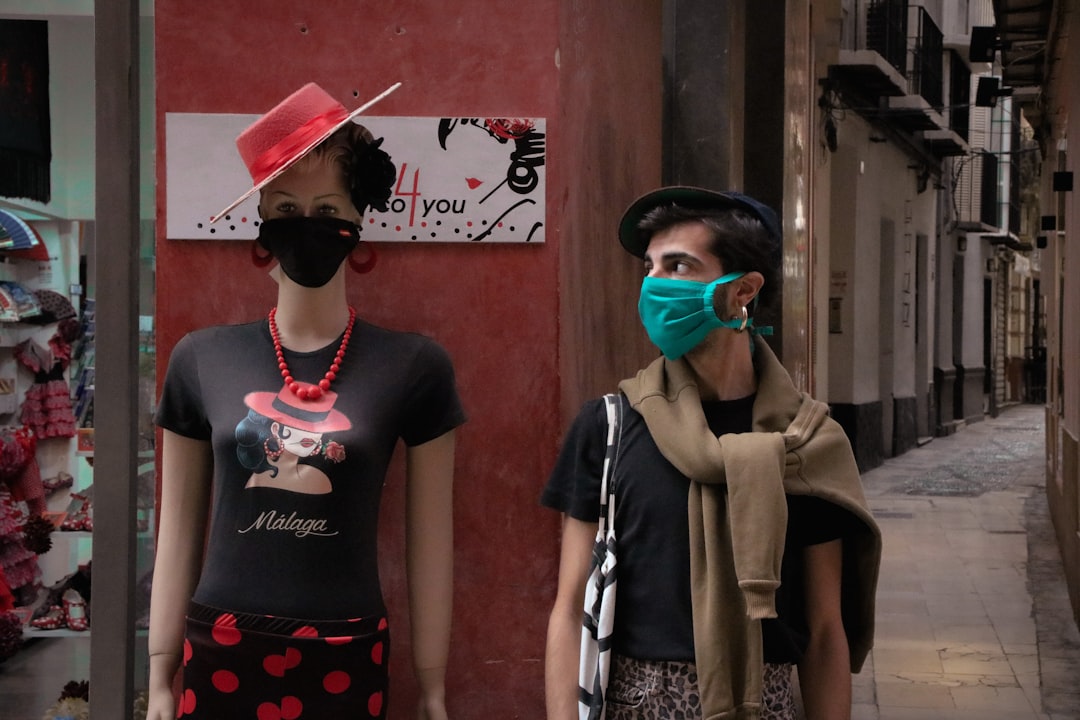
Fast fashion is now a $150.82 billion industry, it has grown by 10.74% from 2024 and is further estimated to reach $291.1 billion by 2032. This is the reason the industry will keep growing at a 10.7% CAGR from 2024 to 2032. Fast fashion remains a powerful force in 2025, with the market set to grow from USD 150.82 billion to USD 214.24 billion by 2029—a 7% CAGR that underscores its resilience. Yet this rapid expansion comes at a significant cost: The fashion sector accounts for 10% of global carbon emissions, producing 1.2 billion tons of greenhouse gases annually and consuming enough water each year to meet the needs of five million people. The idea that fast fashion is slowing down or becoming more sustainable is pure fiction. Ultra-fast fashion is the latest iteration of fast fashion which prioritizes its online presence and leverages social media to push trends and drive sales. Without brick-and-mortar stores to manage, ultra-fast fashion focuses on streamlining their operations and production, quickening the speed-to-market even further.
The Recycling Myth That’s Actually Making Things Worse
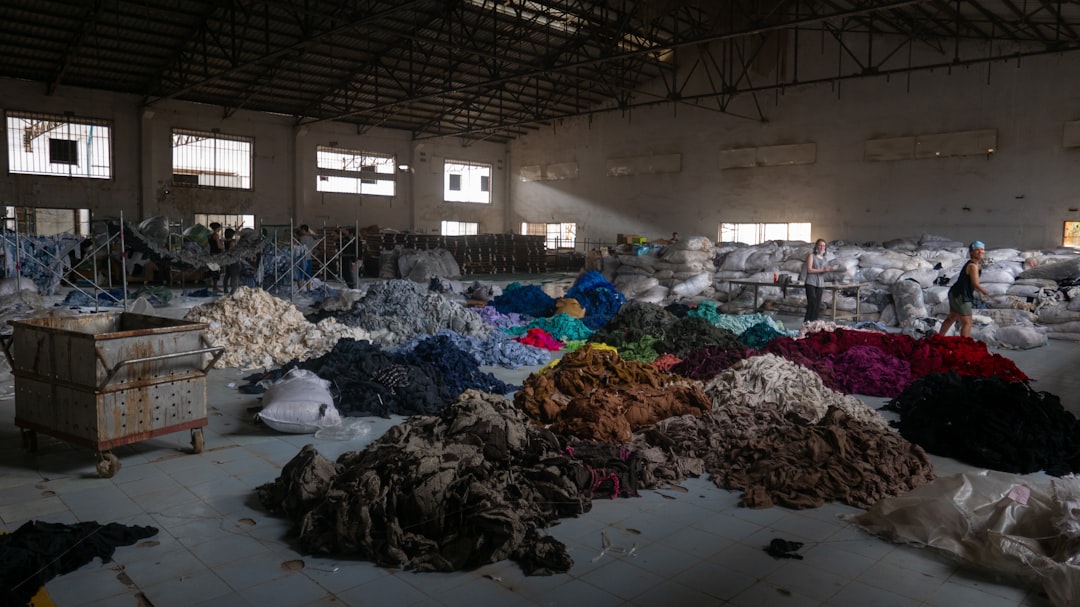
The United States generates 15.8 megaton of textile waste every year on average and has managed to recycle over 2.5 megatons of it every year since 2017. That is 15.8% of the total waste. The recycling rate has seen a decline, back in the 1960s to 1990s, the USA recycled 30% of their total textile waste. So much for “circular fashion” making a difference. Even brands that claim to use “recycled” materials cannot escape the sheer volume of waste they produce. The paradox of fast fashion is that even supposedly sustainable garments are produced at such a scale that their environmental benefits are nullified. Circularity alone cannot solve fast fashion’s waste problem; a systemic shift toward slow fashion is the only real solution. The recycling programs are basically a feel-good Band-Aid on a gaping wound.
Sustainable Fashion Brands Are Actually Thriving in America
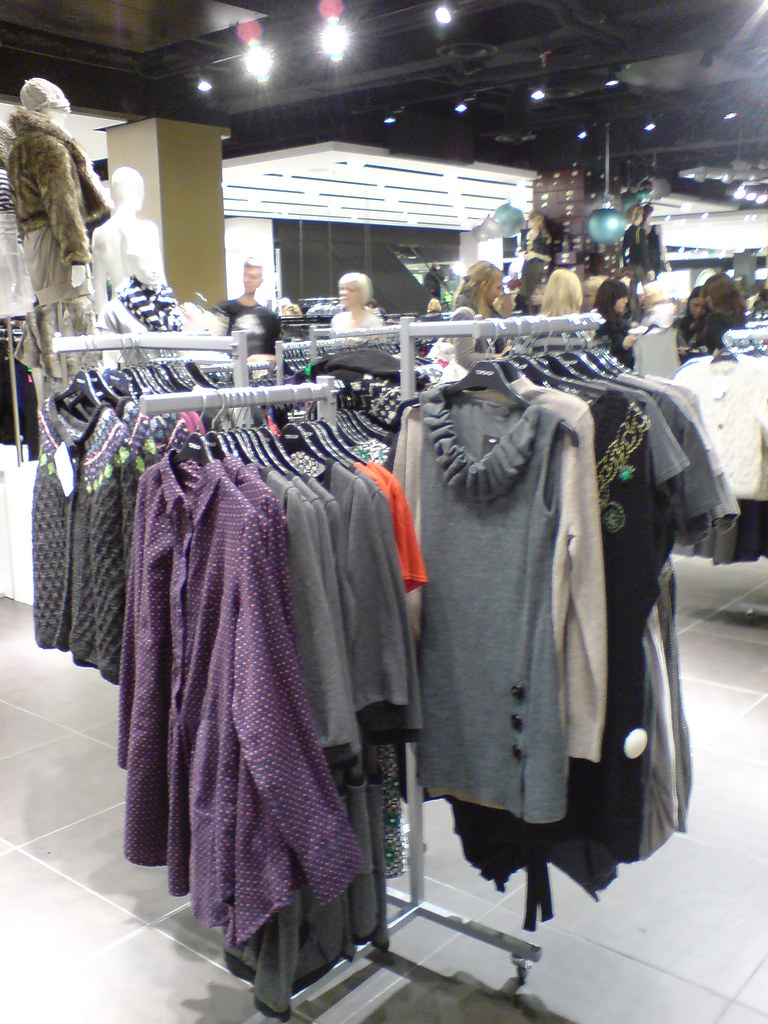
The market for ethical fashion has expanded at a compound annual growth rate (CAGR) of 8.0%, rising from $8.17 billion in 2023 to $8.83 billion in 2024. With a compound annual growth rate (CAGR) of 8.1%, the ethical fashion market is projected to reach $12.05 billion by 2028. Harvest & Mill pieces are grown, milled, and sewn exclusively in the US, supporting American organic cotton farmers and local sewing communities. The brand makes basics for everyone, always ensuring they are not dyed or bleached, greatly reducing the use of water, energy, and dye materials. Real American sustainable brands like Harvest & Mill, Patagonia, and others are proving that ethical fashion isn’t just possible – it’s profitable and growing fast.
The Made in USA Label Isn’t Just Marketing
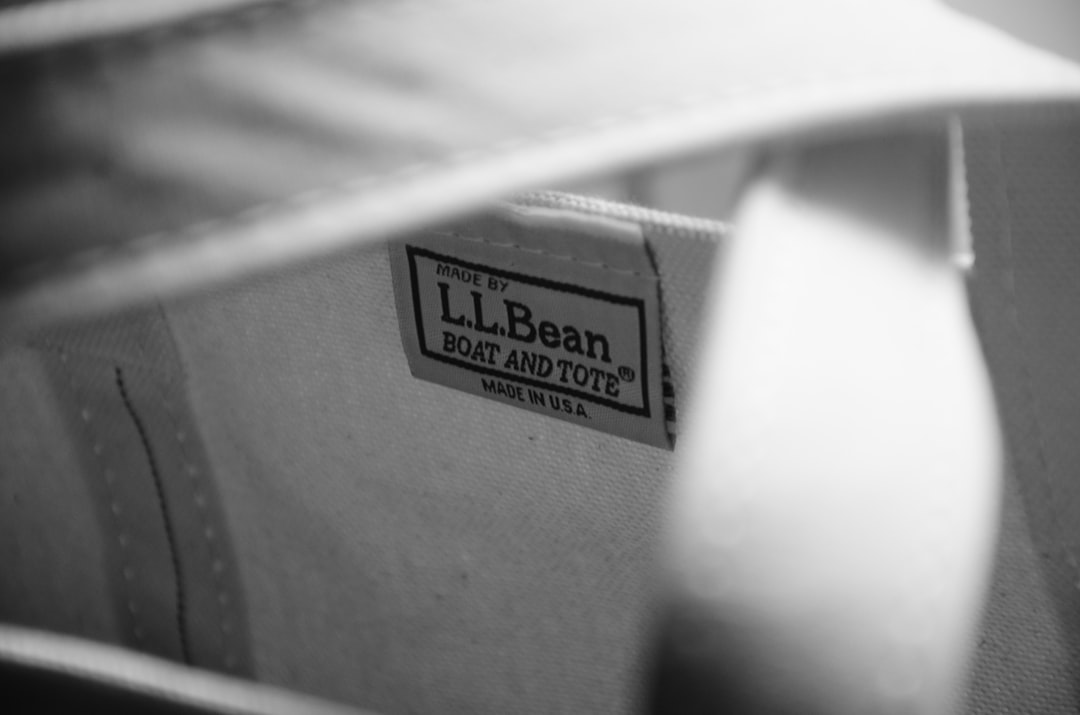
Compared to unfavorable cheaply produced fast fashion items, when clothes say “Made in USA,” a promise backed by American garment and labor standards has been made. A promise, according to the Federal Trade Commission, that all or virtually all of the goods were made domestically, and therefore, throughout the manufacturing process, employees, regardless of their race, gender, or immigration status, were treated fairly, and earned a fair wage, as outlined by the Department of Labor. American Giant – American-made clothing & activewear known for their classic hoodie. Blluemade — Making (mostly) unisex clothes from natural materials in NYC’s historic Garment District. Esby — Small batch, quality, natural apparel sustainably made in USA. These brands aren’t just throwing around buzzwords – they’re actually backing up their claims with real American jobs and transparent practices.
Price Doesn’t Tell the Whole Sustainability Story
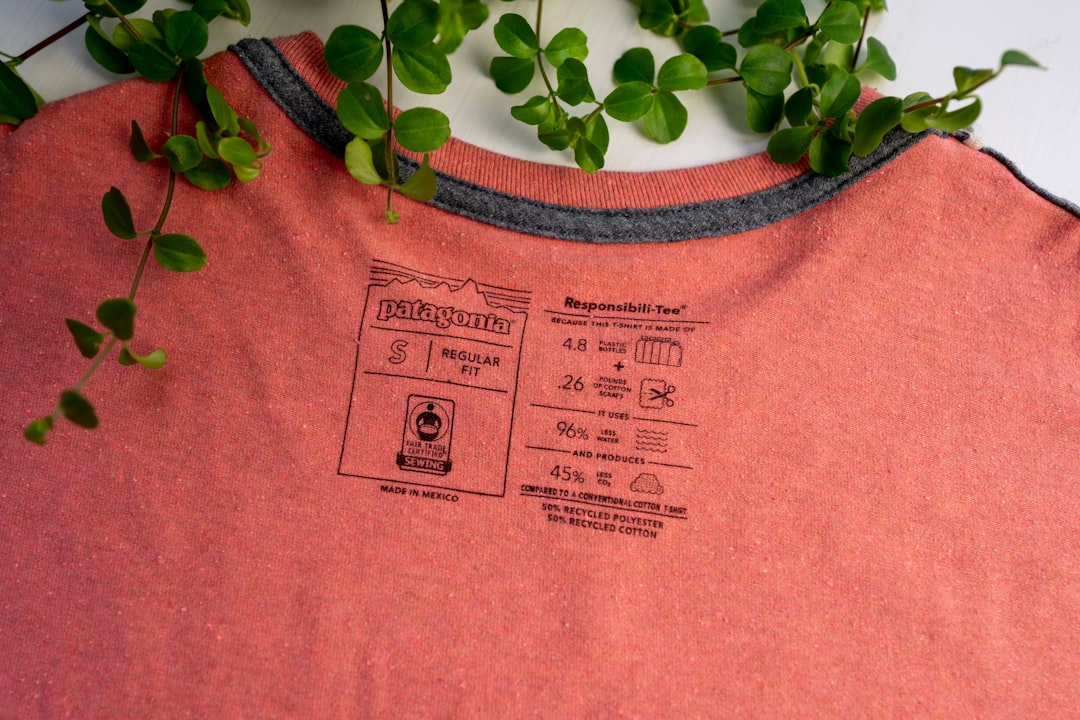
But at the same time, rising inflation and economic uncertainty are pushing over 75% of consumers toward lower-cost alternatives, highlighting the tension between affordability and ethical practice. Here’s the twist: Making eco-friendly fashion choices doesn’t require going full granola or going broke, and Warp + Weft is proof. While a typical pair of jeans takes around 1500 gallons of water to produce (crazy, right?), Warp + Weft’s take less than 10 gallons thanks to its innovative water recycling and dying techniques. Fair Indigo is a sustainable clothing brand based in Madison, Wisconsin, dedicated to creating timeless and ethically made apparel. Each piece is crafted in Peru using luxurious organic Pima cotton, celebrated for its incredible softness and durability. With a strong commitment to fair trade practices, Fair Indigo ensures that every garment is produced in ethical conditions, promoting fair wages and safe working environments for all workers involved. The myth that sustainable equals expensive is getting busted by innovative American brands every day.
Secondhand Markets Are Changing Everything
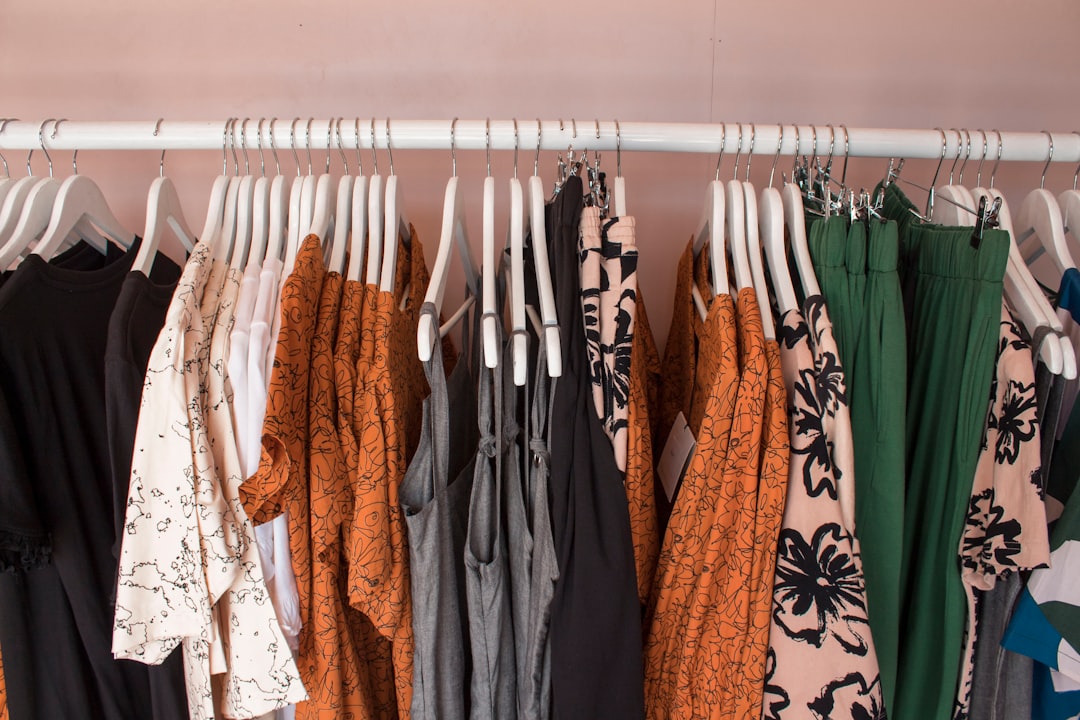
Fortunately, in 2025, secondhand and pre-owned clothes are expected to encompass 10% of global sales. This could help transform the fashion industry and orchestrate the move from fast fashion to slow and sustainable fashion. One way that shoppers are reducing their consumption of fast fashion is by buying from secondhand sellers like ThredUp Inc. and Poshmark, both based in California, USA; shoppers send their unwanted clothes to these websites and people buy those clothes at a lower price than the original. Another solution is renting clothes, like the US-based Rent the Runway and Gwynnie Bee, the UK based Girl Meets Dress, and the Dutch firm Mud Jeans that leases organic jeans which can be kept, swapped or returned. American companies are leading this revolution, proving that you don’t need to buy new to look good.
Corporate Sustainability Claims Are Finally Getting Investigated
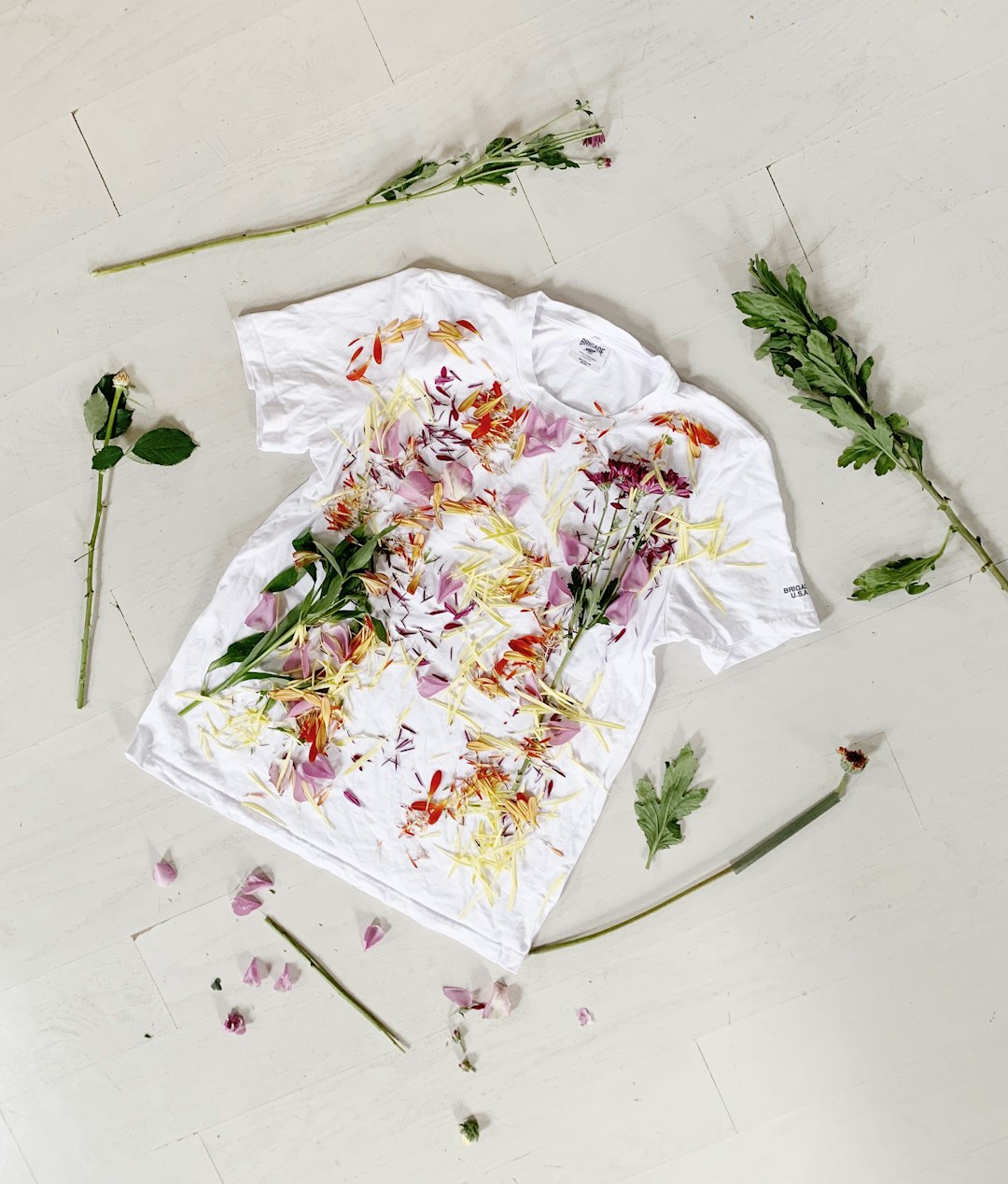
Keeping pace with sustainability targets has proved challenging across the fashion industry. About two-thirds of brands, according to McKinsey analysis, are behind on their own decarbonization schedules. And 40 percent have seen their emission output increase since making their sustainability commitments. New York lawmakers are stepping up to the plate, linking up with environmental advocates to push for improved transparency and practices in the fashion industry and the implementation of the Fashion Sustainability and Social Accountability Act (Fashion Act). If passed, the Act would set state regulations that are stricter than federal ones. The New York Fashion Act would require mandatory due diligence and disclosure so that companies may be held accountable for their environmental and social outcomes. Finally, there’s going to be some teeth behind these sustainability claims – companies won’t be able to just say whatever they want anymore.
The Water Consumption Myth That Needs Debunking
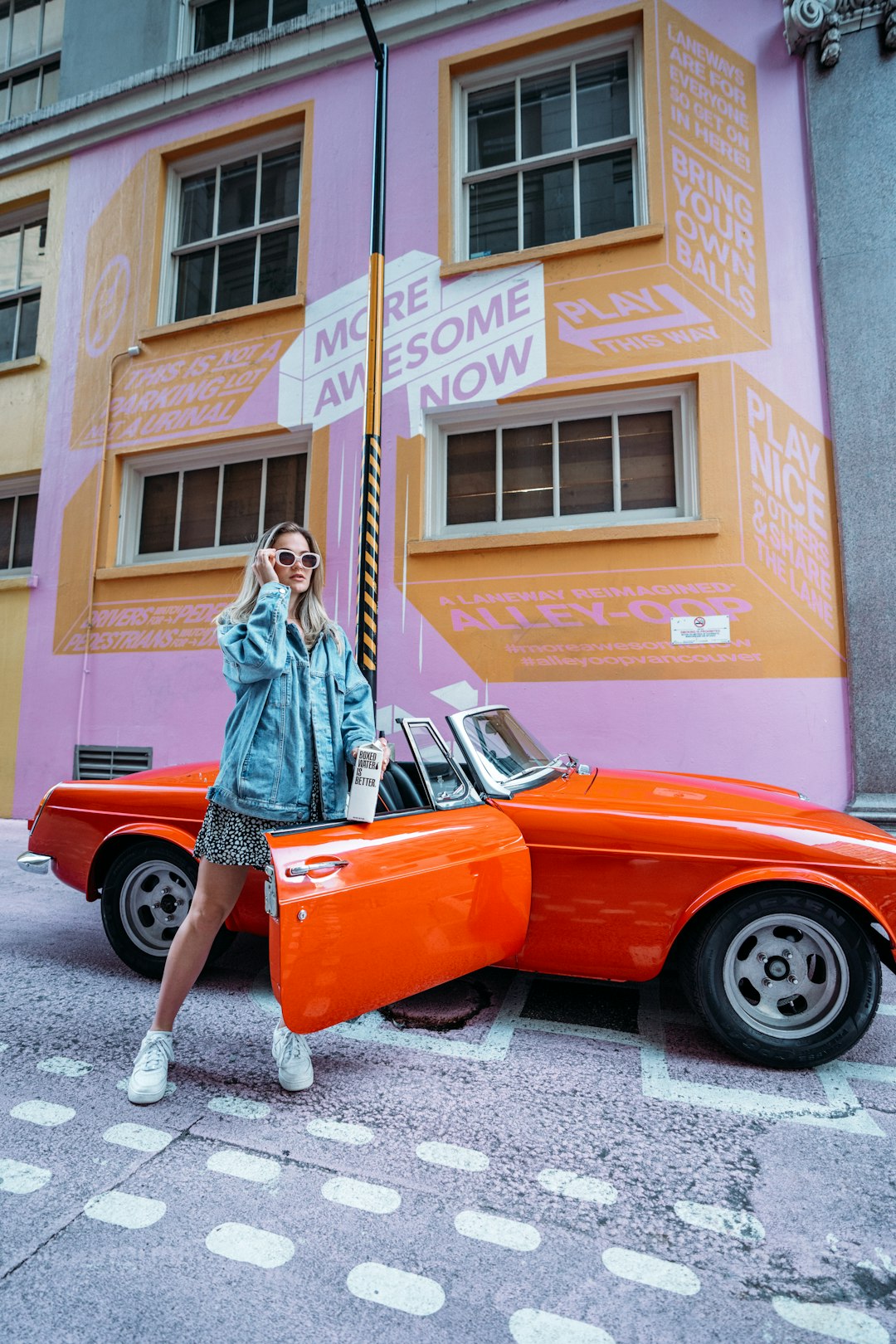
The fashion sector accounts for 10% of global carbon emissions, producing 1.2 billion tons of greenhouse gases annually and consuming enough water each year to meet the needs of five million people. As per the Ellen MacArthur Foundation report, the fashion industry is responsible for ~10% of global carbon emissions, more than the shipping and aviation industries combined. Further, the industry uses 93 billion cubic meters of water annually and can cater to the needs of five million people! But here’s where American innovation shines: In addition to using sustainable materials, Threads 4 Thought is committed to reducing its environmental impact. The brand has achieved carbon neutrality by offsetting its entire carbon footprint. Plus, the company’s approach to dyeing its clothes involves the use of Bluesign-certified dyes and innovative dyeing technology that drastically reduces water consumption by 95% and eliminates all harmful substances. American brands are proving that massive water usage isn’t inevitable – it’s a choice.
Generation Z Isn’t Actually Hypocritical – They’re Just Trapped
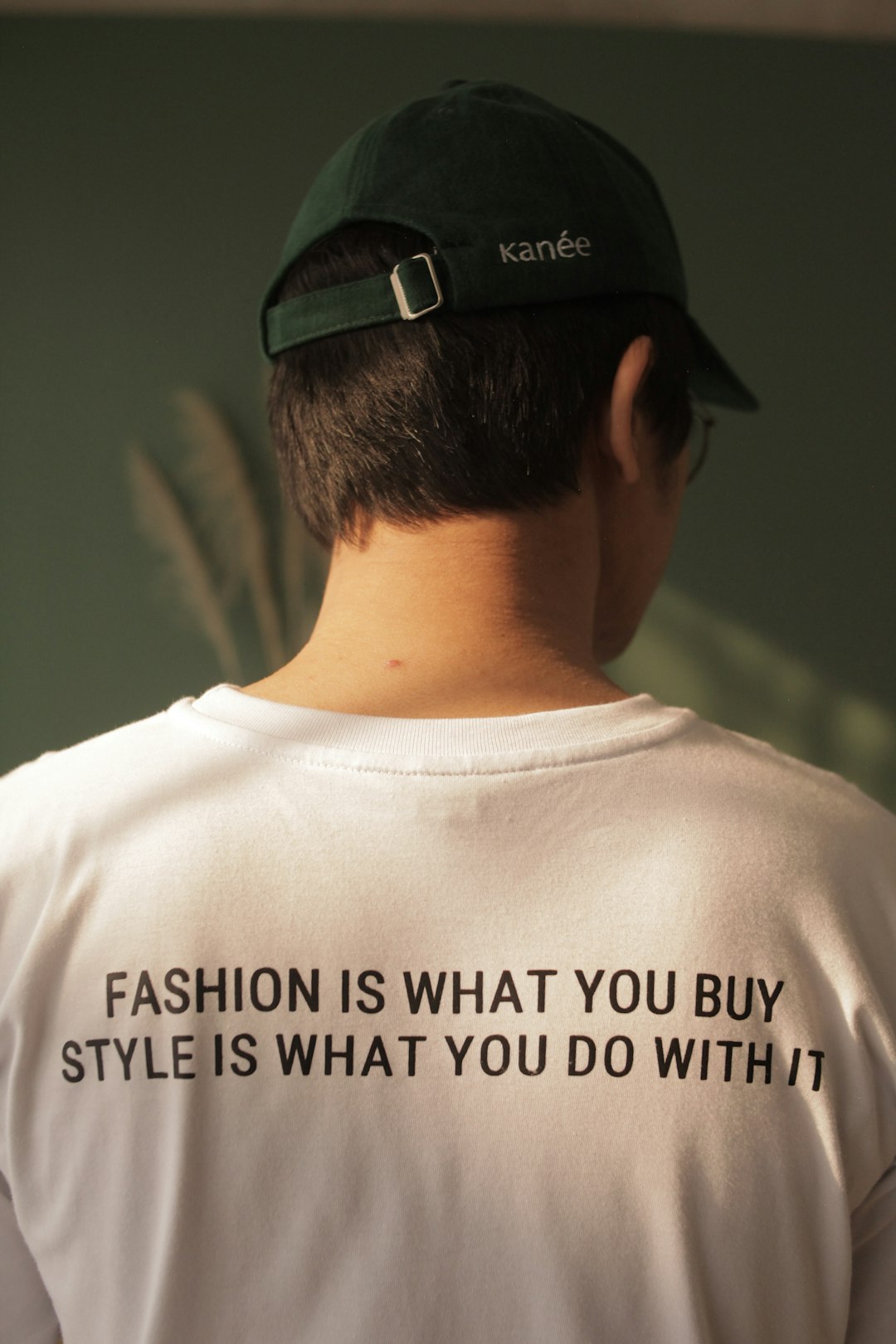
The true costs of fast fashion are coming into focus, especially for millennials and Gen Zers. Young people are becoming more mindful of sustainability with respect to how they consume. They’re also keenly aware that the fashion industry is a major contributor to global warming. Half of Gen Z shoppers in China, according to a survey about sustainable consumption, said they aimed to buy less fast fashion. But, according to The State of Fashion 2025 report, there’s a critical gap between action and intention. While 46 percent of UK shoppers say they avoid buying fast fashion, more than half made a purchase at a fast fashion retailer in the past year. 46% of all Americans say fashion brands should consider addressing social issues, with the percentage rising to 60% among Gen Z. Similarly, 45% of Gen Z consumers agree that they would “only buy clothes from sustainable brands.” They’re not hypocrites – they’re dealing with a system designed to make sustainable choices harder and more expensive.
The Future Is Already Here in American Sustainable Fashion

The eco-friendly clothing segment will grow by $1,574.2 million in global annual sales by 2025. The organic segment, with a projected compound annual growth rate of 16.2%, is expected to be the fastest-growing segment. The market for organic baby clothing was worth $1.79 billion in 2022 and is projected to grow to $2.81 billion by 2029. No list of sustainable fashion brands would be complete without Patagonia. Founded by Yvon Chouinard over half a century ago, the rock climber and billionaire was determined to give away Patagonia shares to initiatives fighting climate change. As part of the 1% for the Planet initiative, the brand has donated an impressive $140 million to a variety of grassroots environmental groups around the world. American sustainable brands aren’t waiting for the industry to change – they’re leading the charge and proving that ethical fashion is the future, not just a nice idea.
The Real Numbers Behind American Sustainable Success
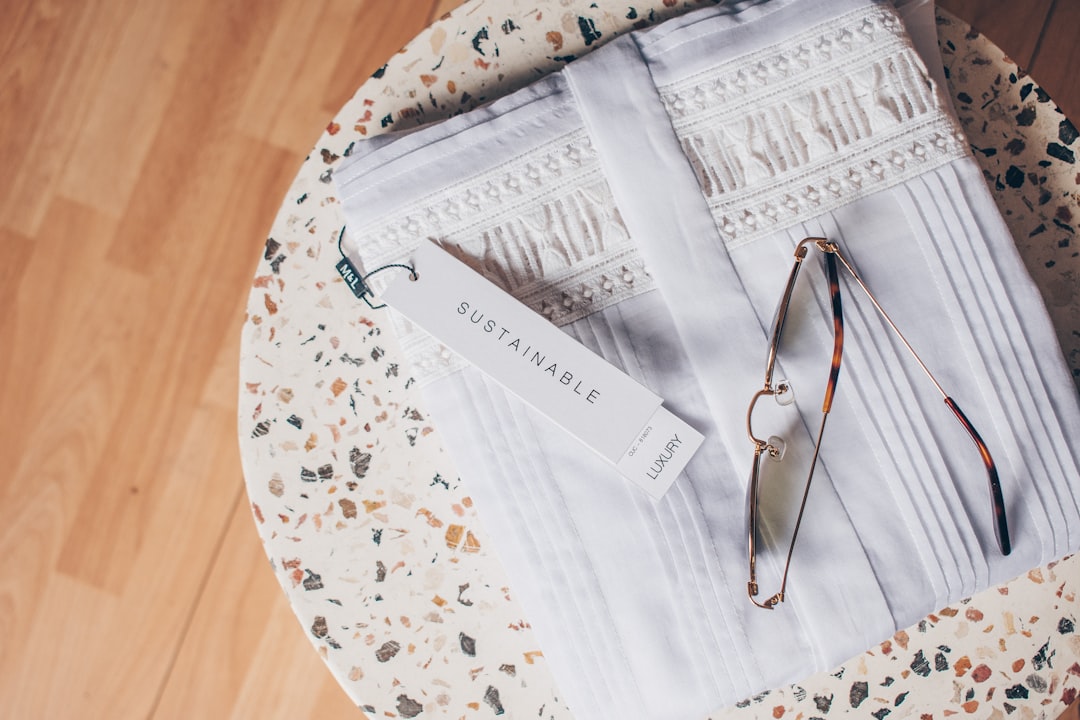
A transition to a sustainable textiles industry could create 18 million additional jobs globally by 2030. Solving the issues associated with fast fashion could provide a $192 billion boost to the global economy by 2030. ABLE is a US-based clothing and accessories brand that works with communities all over the world to make a meaningful impact, producing slow fashion that pays a living wage to women who have faced extraordinary circumstances. It uses lower-impact materials, and reuses water and materials to minimise waste. With thoughtful design and a level of quality that guarantees its products for life, its pieces aren’t just an investment for your wardrobe, they are an investment in women around the world. These aren’t just feel-good stories – they’re hard economic facts showing that sustainable fashion creates jobs, generates wealth, and builds a better future.
The myth that fast fashion can go green while keeping its current business model has been thoroughly debunked. American sustainable brands are showing the world that real change is possible, profitable, and happening right now. Did you expect the numbers to be this clear-cut?


